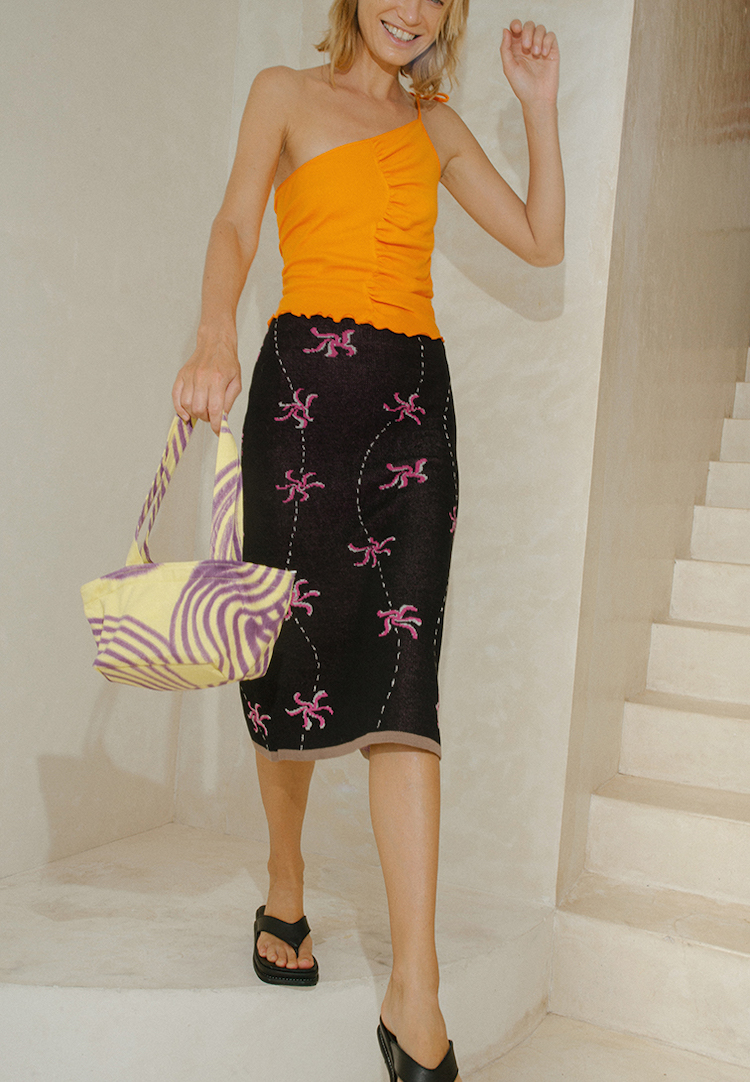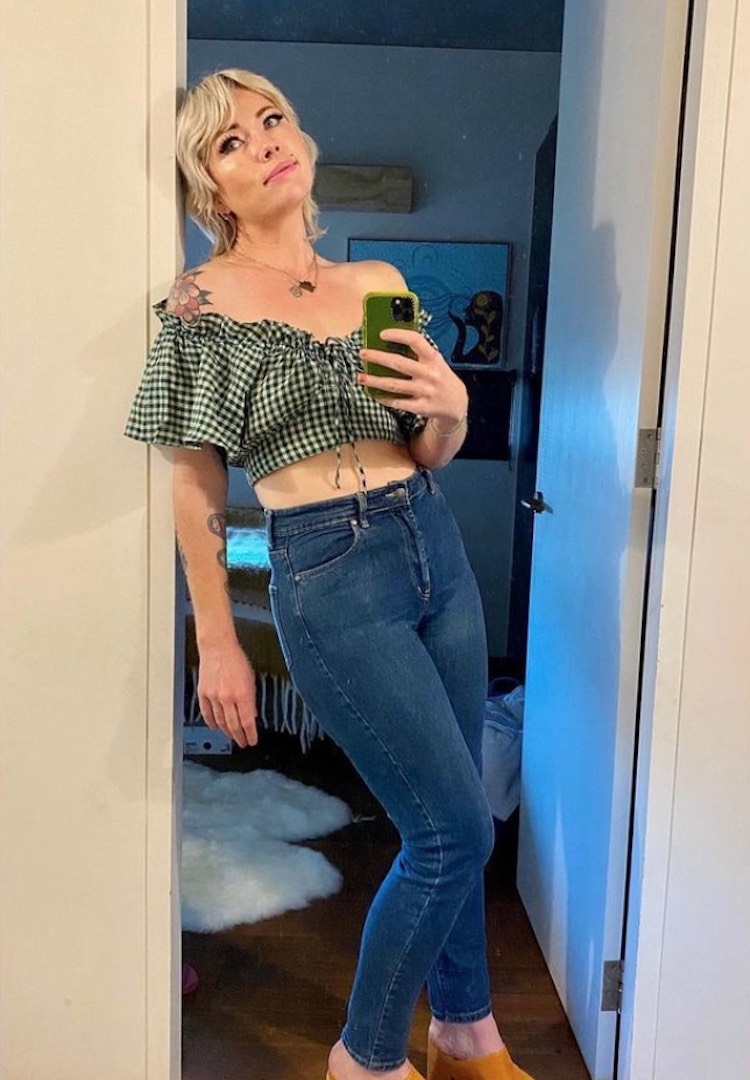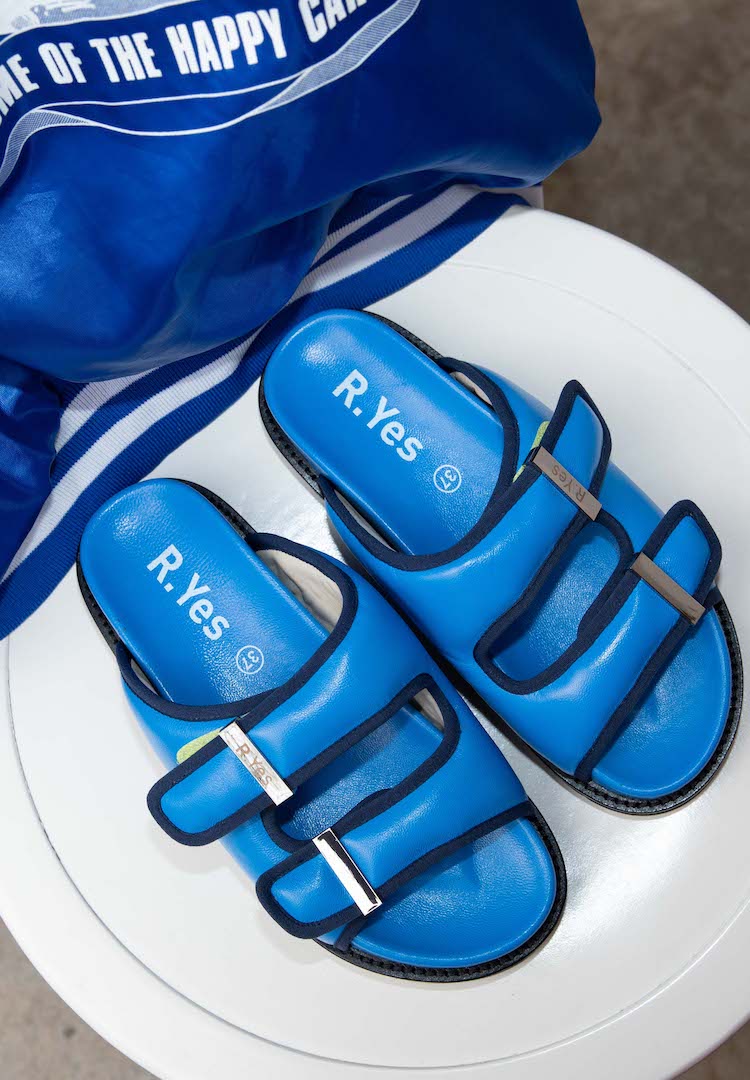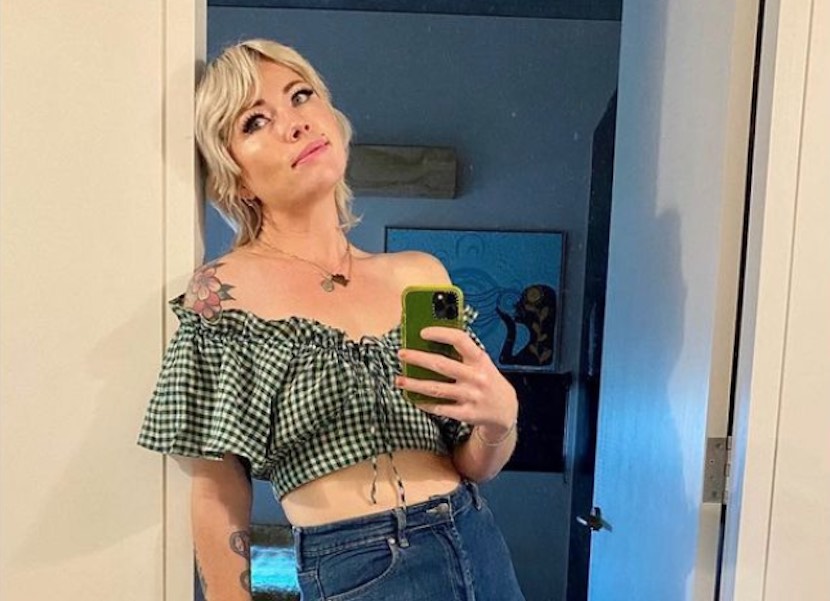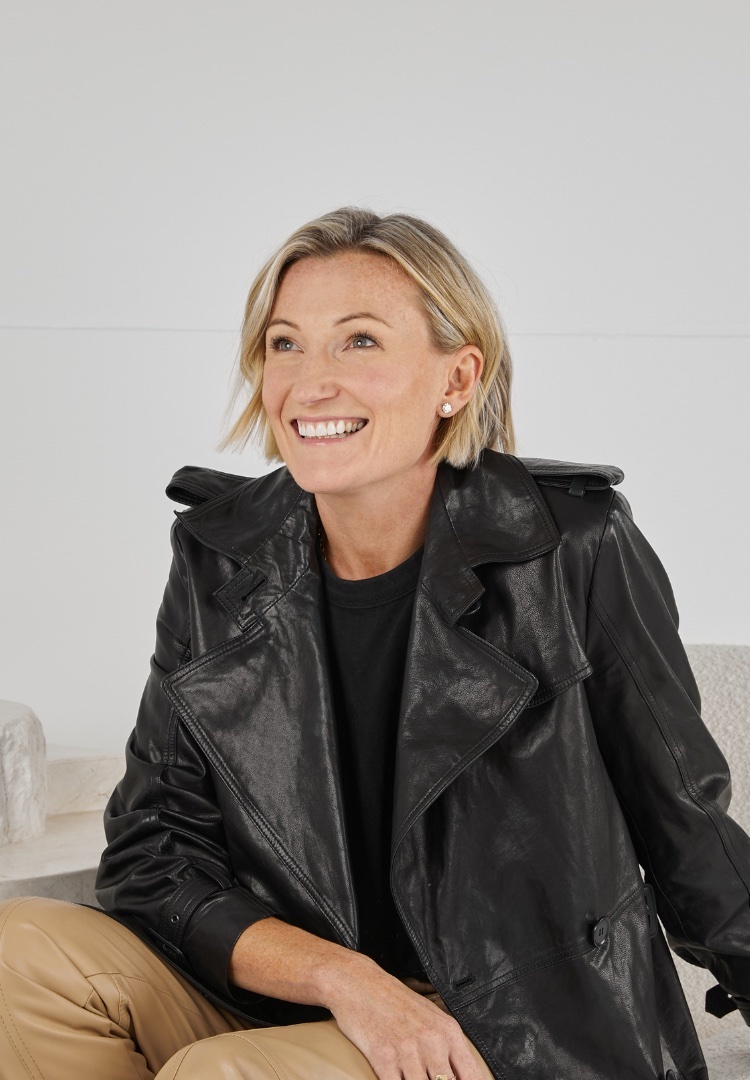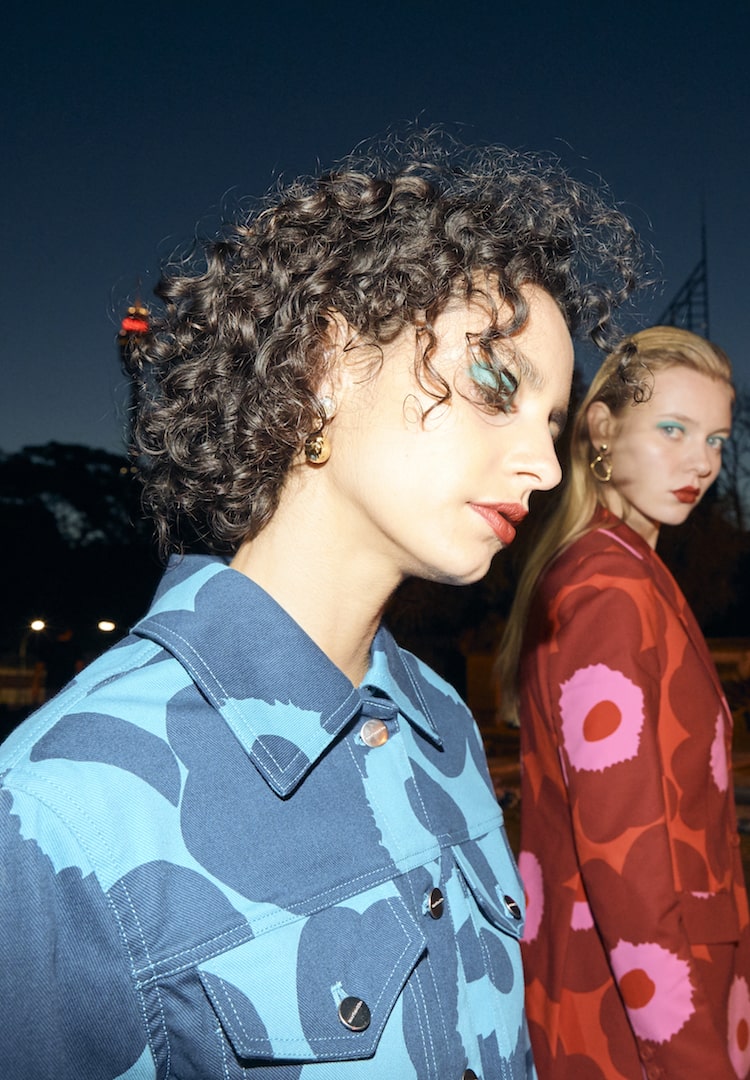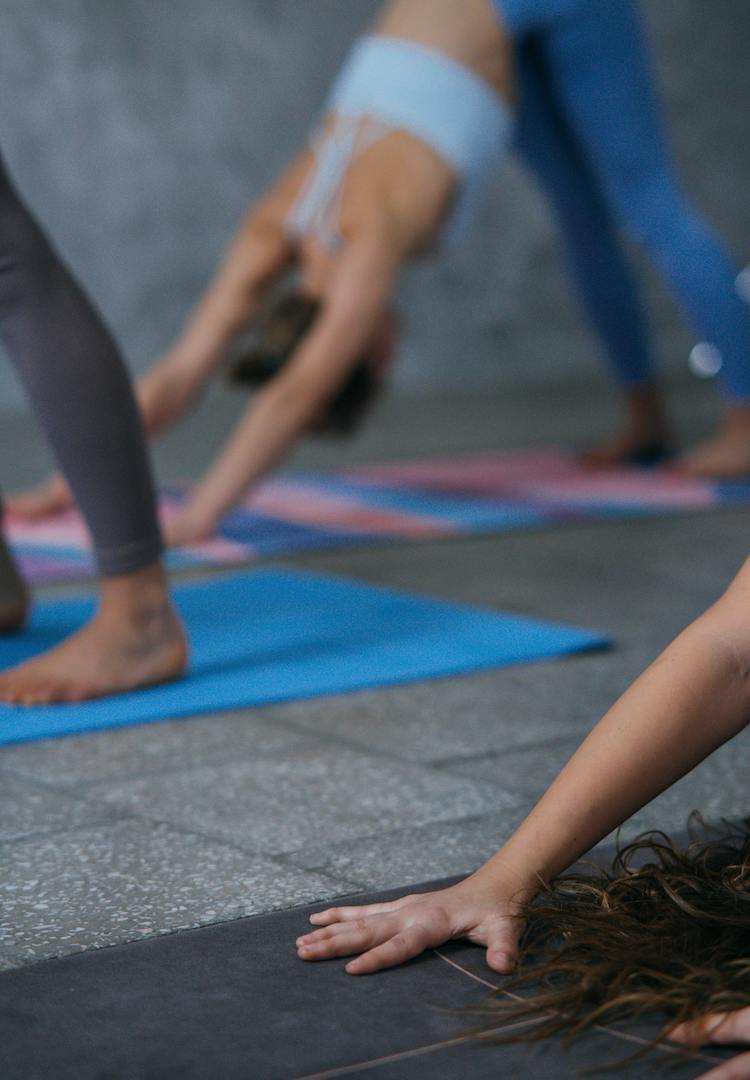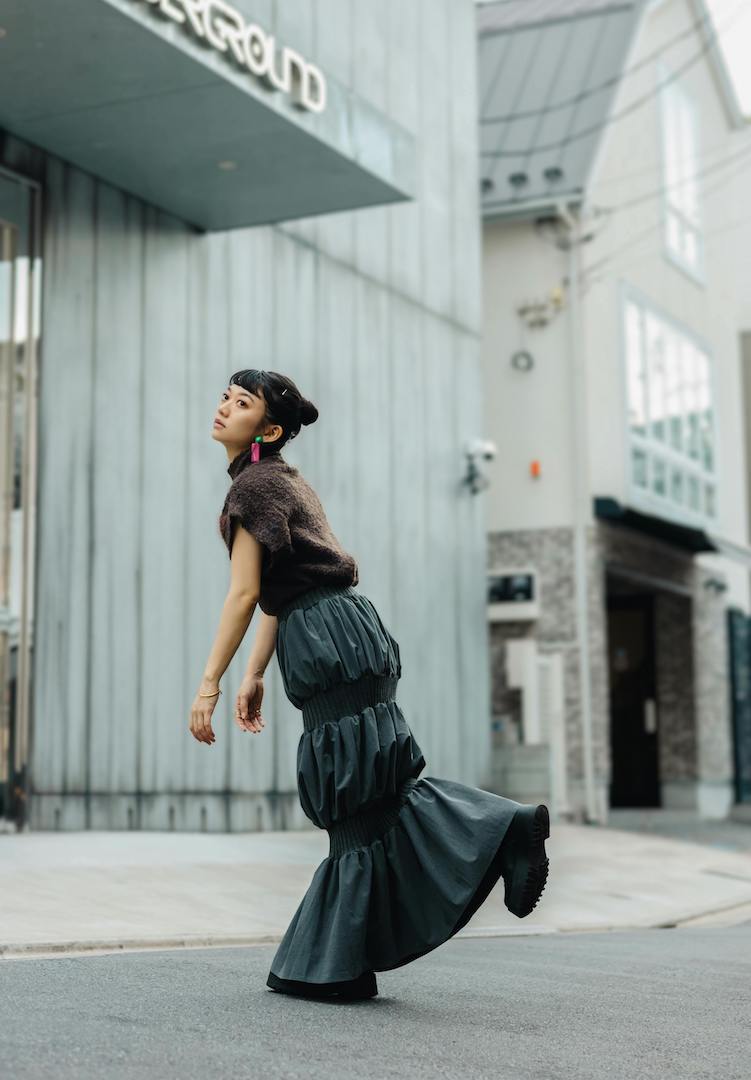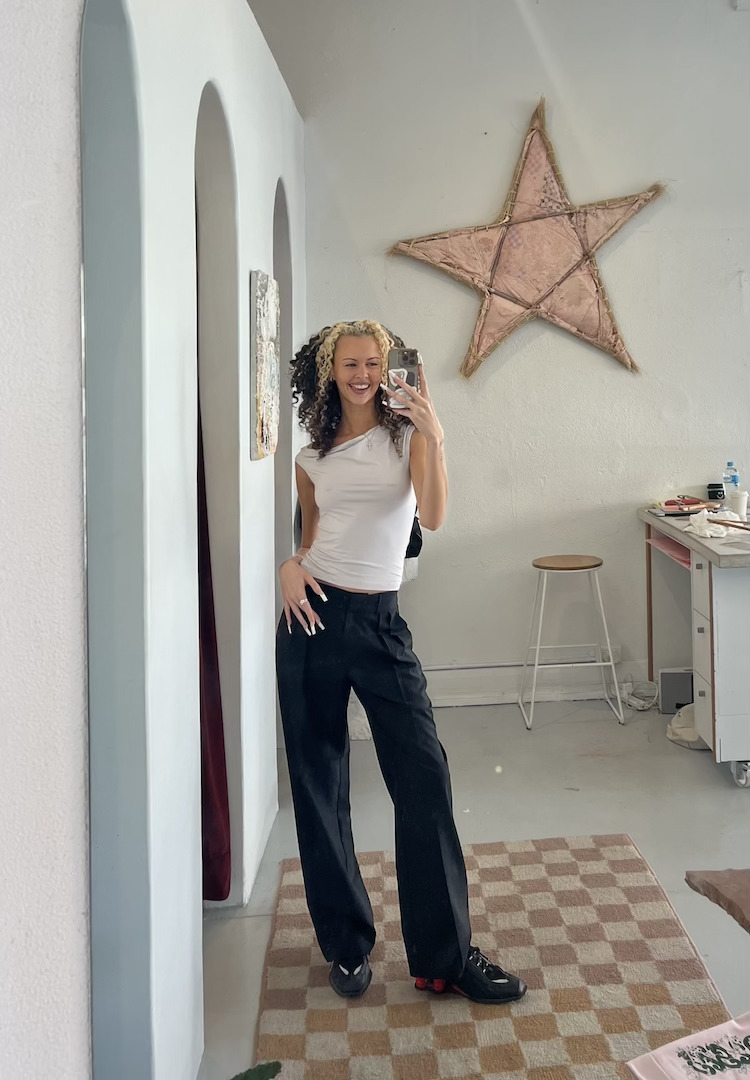Clementine Ford on trying (and failing) to become the Cool Girl at school
IMAGE VIA @CLEMENTINE_FORD/INSTAGRAM
WORDS BY CLEMENTINE FORD
An exclusive excerpt from Clementine Ford’s new book, How We Love.
I’m not a particularly gloomy person. I read Wuthering Heights and Jane Eyre as a teenager but, outside of tortured diary entries detailing all the ways my parents didn’t understand me accompanied by crude drawings of my body that made me look like either a heavy water balloon suspended by the neck or a misshapen duck, I could never really summon the passion for a demanding routine of gothic depression.
I occasionally wore black, but only because my mother had once told me it was slimming. Sartorially, I alternated between clothes I found in op shops and those bought in places that catered mainly to middle-aged men named Gary. This meant a steadily rotating mix of polyester caftans and ill-fitting men’s trousers, and occasionally (because the nineties were very big on the dress’n’pants combo) both at the same time.
For more content like this, tap through to our Life section.
I was drawn to the caftans primarily because I thought they made me seem interesting and mysterious, but also because they covered my midsection in a way that nineties contemporary fashion simply refused to. And as much as I’d like to say my fondness for men’s trousers was due to me being effortlessly cool and androgynous, I think we can all agree the existence of the caftans makes that impossible.
I chose the men’s trousers for two reasons. The first was that men are allowed to have girth, and they eclipsed the minimal sizing found in the fashion hellholes where women are banned from having any hips whatsoever, and possibly also a butt crack.
The second was that I had formed the habit (or the habit had formed me) of avoiding wearing anything too overtly feminine, because the thought of being judged by my peers as someone who considered themselves worthy of the title of ‘girl’ was too humiliating.
It was an exceptionally hot look overall, largely because everything I owned was extremely flammable. Luckily, as previously stated, I was not cool enough to be part of a subculture like ‘goth’ or ‘aspiring teen witch’, so the risk of me coming too close to any candles was minimal.
I had more of an opportunity than most teenagers to experiment with my overall aesthetic, because my family moved around so often. Unfortunately for me, I wasn’t the kind of ‘new girl’ who piques the interest of her classmates, no matter how desperately I wished I were. To be that kind of girl, you need to be at least one of two things (and preferably both):
- Hot
- Cool
The combination of these two things would make you worldly, which is like reaching the summit of Mount Everest in terms of adolescent Cool Girl cache. And although I had indeed lived in enough foreign countries to be considered worldly in a technical sense, I had never kissed a boy (at least, not outside of party games of Truth or Dare, where being dared to kiss me always seemed to elicit an audible groan) or been fingered at a dance, both of which were considered essential requirements.
View this post on Instagram
I knew this, yet I greeted each new social setting with naive optimism. Perhaps this would be the place where being a bookish nerd would be highly valued! Maybe the kids at this school would appreciate the back catalogue of Andrew Lloyd Webber and celebrate a girl who was happy to engage you directly on what Disney got wrong in their animated retelling of The Hunchback of Notre Dame! I think you know where this is going.
In 1996, my family moved from Brisbane to Adelaide. We had only moved to Australia from the UK a year earlier, and had moved to the UK two years before that from my childhood home in Oman. I had been uncool in each of these places, a fact that had become far more pronounced in Brisbane, when I’d made the questionable choice to have my long hair cut into a style that I thought was reminiscent of Gwyneth Paltrow’s but in actual fact more closely resembled a member of one of the many boy bands that graced us with their same-ishness that decade.
This latest move took place in August, meaning that I was not only forced to start a new school (again), but I had to do it at the start of term four. I have no idea why my parents hated me and wanted me to be unhappy, but there it is.
My early days at Trinity College were characterised by many of the same elements that had been present at the other schools I’d attended. There was deep, crushing anxiety on my part (not to mention the bad haircut) and, from everyone else, a brief curiosity that quickly gave way to almost total indifference.
By virtue of the unspoken, invisible hierarchy of power that exists across all secondary schools, I was quickly identified as a member of the Unpopulars and invited to join them forthwith. I accepted my place gratefully; at least I would have somewhere to sit at lunch.
The first Friday of term four at my new school turned out to be casual clothes day. This meant that instead of checked summer dresses and straw hats, the schoolyard would be full of girls in low-slung, bootleg jeans and t-shirts made by Roxy or Billabong. (The nineties were not a particularly good decade for fashion, which might explain why choker necklaces were so popular then but certainly doesn’t explain why they’re making a comeback now.)
I laboured carefully over my outfit choice, not wanting to pass up the opportunity to show my classmates the Real Me. I finally settled on my wide-leg Tencel jeans (for anyone below the age of thirty-five, Tencel is a kind of denim so soft it lacks absolutely any structure whatsoever, the material production of which has surely been partially responsible for the climate crisis we find ourselves in now), a white singlet that belonged to my mother, a cardigan in dusty rose chenille (a kind of unattractive wool that seemed to be made almost entirely out of plastic—it was one of my favourites) and my suede Adidas sneakers.
It was a look that I figured would make me seem both feminine and edgy, two traits I was sure would be welcomed enthusiastically by the fifteen-year-old boys at Trinity. It didn’t work. Still, I was thrilled when Jenny Turner turned to me in science class and said, ‘Cool shoes. I guess you’re kind of a Triple J person, hey?’ I nodded. ‘Yeah,’ I replied nonchalantly, trying to hide the glow that was beginning to burn brightly inside (and not wanting my cardigan to catch alight). ‘I’m pretty into Triple J.’
She smiled at me kindly. ‘Cool,’ she replied, turning back to her work. Inwardly, I heaved a sigh of relief that she hadn’t asked me to list my favourite songs or artists. The truth is that, until that point, I hadn’t been entirely sure whether or not ‘Australia’s youth station’ was pronounced ‘Triple J’ or just J-J-J. Most of the time, I listened to old Ella Fitzgerald CDs and the original cast recording of Les Misérables.
The only radio station I tuned into was Mix 102.3, which was the home of my two favourite programs – Love Song Dedications (because it made me hopeful that someone might one day dedicate a song to me) and Dr Feelgood (because it made me feel good in my downstairs area but also educated and prepared; one day, I hoped to have sexual intercourse, and I wanted to be ready).
When the class ended, I loitered at the door pretending to tie my shoelace, in the hope that Jenny would invite me to have lunch with her and the other cool kids on the chapel steps. But she didn’t. ‘See ya!’ she said, giving me a little wave as she walked past. ‘Bye!’ I called back. Too eager, I thought to myself. Be cool!
This is an edited extract from How We Love by Clementine Ford (Allen & Unwin). Get your copy here.

